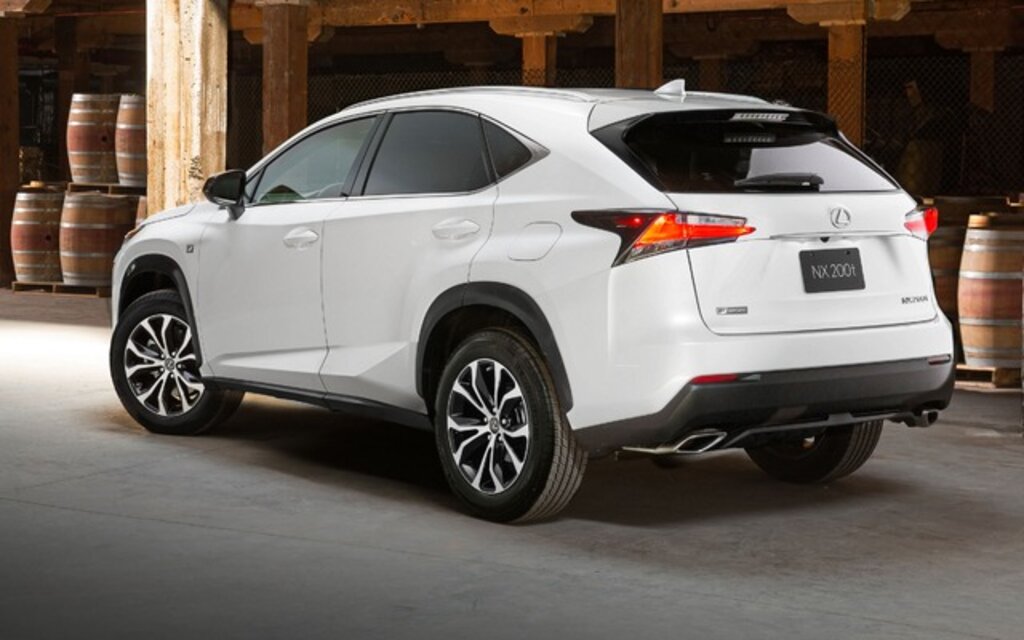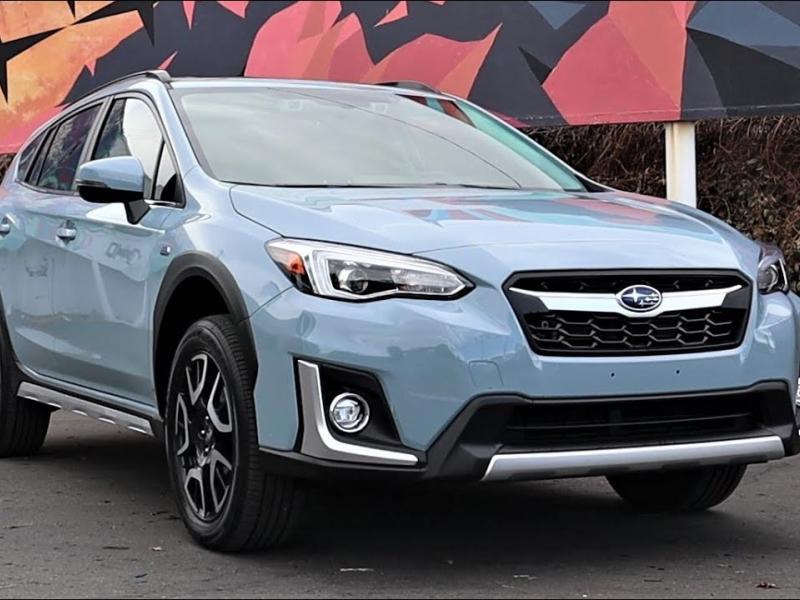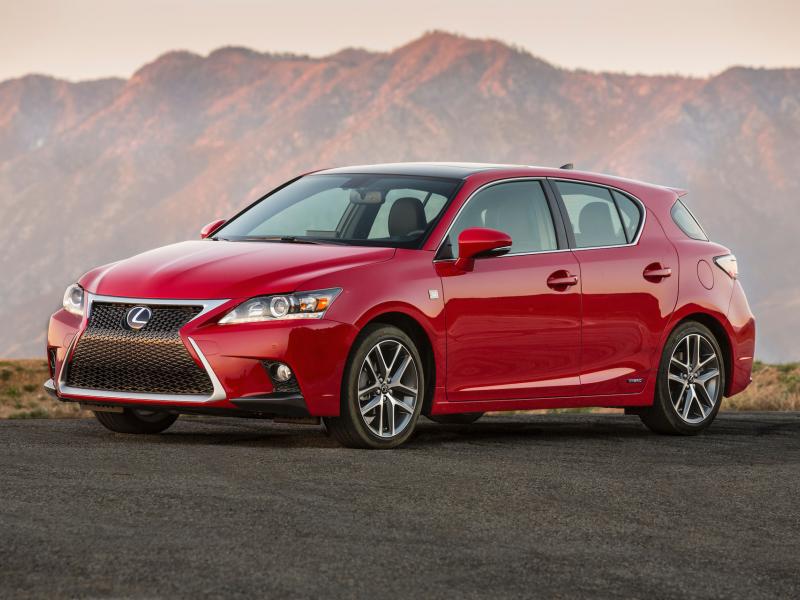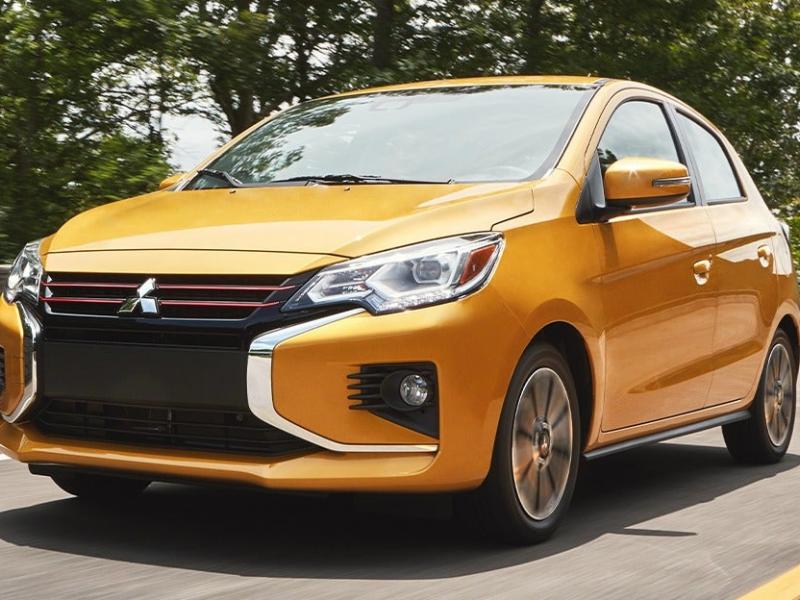Technology Spotlight: Adaptive Cruise Control
Sun, 06/22/2014 - 07:40
Most new cars today come equipped with Cruise Control, which was introduced decades ago as a way to reduce highway fatigue. Set the speed and forget it. Perfect for hours of highway driving. Over the last decade a number of cars have offered Adaptive Cruise Control (ACC), which further reduces driver involvement by using sensors like radar, lasers, and high tech cameras to adjust speed to traffic conditions.
The BMWs of the world quickly adopted the technology as an ultra premium option, but slowly and steadily the technology has trickled down to the masses. Over the last two years ACC has turned mainstream, with introduction of new models with ACC from most of the everyday brands like Toyota, Chrysler, and Honda.
Adaptive Cruise Control is more than just a convenience feature that ensures your cruise control doesn’t bump the car in front of you. All manufacturers use the technology to add advanced safety features like automatic emergency stopping and a warning when your car drifts out of its lane.
The improved safety is moving the government and safety advocates to push the technology. IIHS already requires these technologies for their top safety rating.
But don’t just expect this technology to appear on every model from every brand within five years. ACC’s sensors are the foundation for autonomous driving. That 2019 Toyota Camry in the next lane might not be driven by a person.
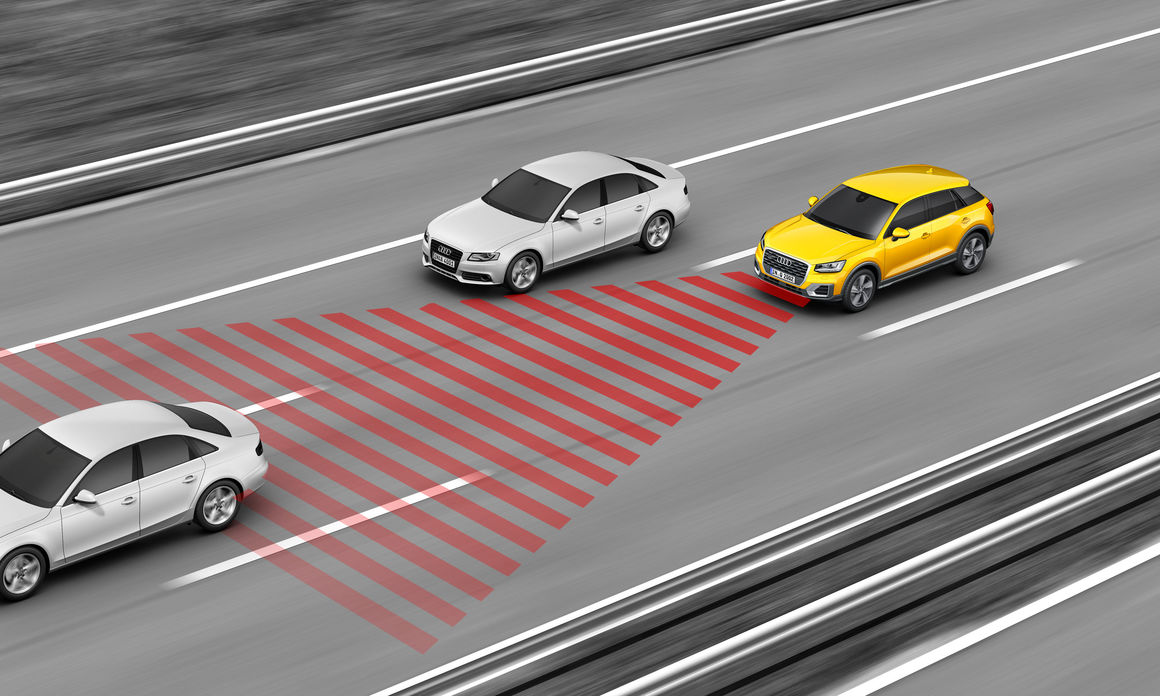
[{"target_id":"255286","alt":null,"title":null,"width":"1160","height":"696","url":"\/sites\/default\/files\/articles-images\/1b\/A170602_full.jpg"},{"target_id":"255287","alt":null,"title":null,"width":"1408","height":"500","url":"\/sites\/default\/files\/articles-images\/5c\/technology-spotlight-adaptive-cruise-control.png"}]

